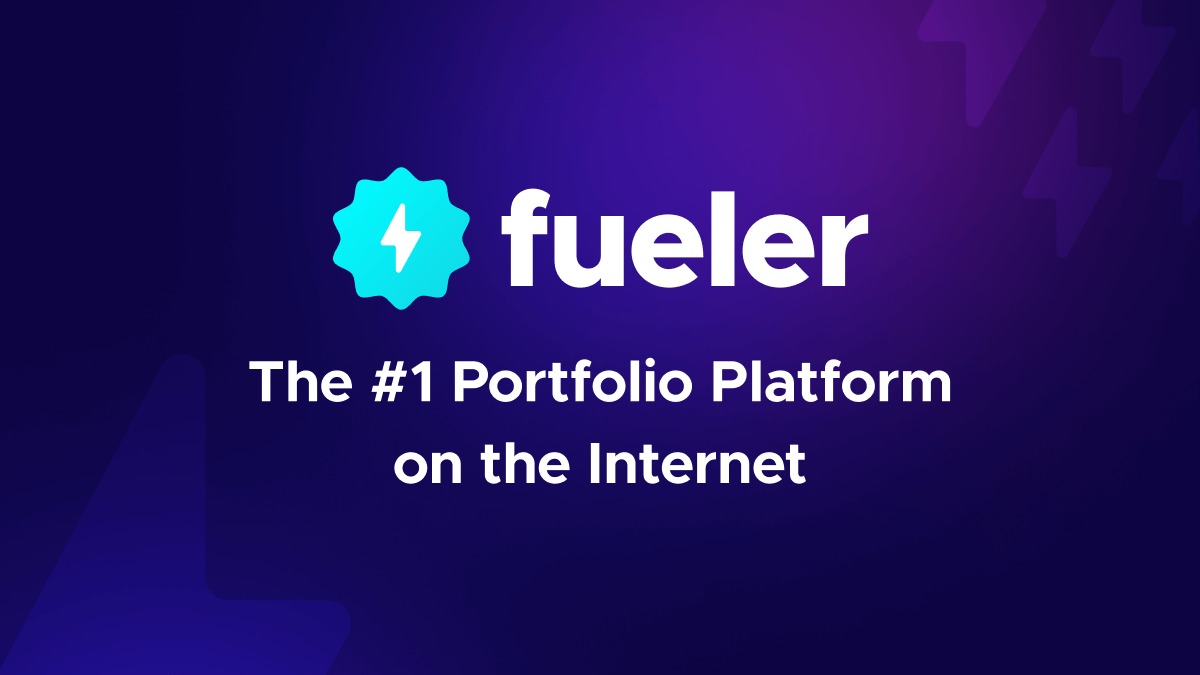How AI-Powered Predictive Analytics Is Helping Businesses Grow in 2026

Riten Debnath
13 Oct, 2025

In today’s data-driven business landscape, success depends on the ability to anticipate the future and act proactively. AI-powered predictive analytics offers companies this competitive edge by uncovering hidden patterns, forecasting outcomes, and enabling smarter decisions across industries. By 2026, predictive analytics has become a core driver of business growth, optimizing operations, improving customer experiences, and mitigating risks.
I’m Riten, founder of Fueler, a platform that helps freelancers and professionals get hired through their work samples. In this article, I’ll walk you through the transformative impact of AI-powered predictive analytics in 2026. Beyond mastering these tools, presenting your data skills through a strong portfolio is key to credibility and career acceleration.
1. Enhanced Decision-Making with Real-Time Insights
Predictive analytics changes decision-making by moving it from reactive to proactive. AI models process massive datasets to forecast trends and provide actionable insights that inform strategic choices in near real-time.
- AI systems integrate internal and external data, including market trends, social sentiment, and operational metrics, to deliver holistic views.
- Predictive models enable scenario analysis, showing probable outcomes of different decisions before committing resources.
- Dashboards powered by AI visualize complex data simply, making insights accessible to all stakeholders.
- Real-time alerts notify managers about emerging risks or opportunities to act swiftly.
Why it matters: Access to timely and accurate insights boosts business agility, enabling faster innovation and reducing costly mistakes.
2. Driving Revenue Growth through Personalized Customer Experiences
Predictive analytics helps businesses understand customer behavior at a granular level, enabling hyper-personalization that drives engagement and sales.
- Customer data platforms analyze purchase histories, browsing behavior, and demographic data to create detailed profiles.
- AI tailors product recommendations, marketing messages, and promotions to individual preferences.
- Sentiment analysis and churn predictions enable timely retention campaigns.
- Predictive models optimize cross-selling and upselling strategies by forecasting customer needs.
Why it matters: Personalization powered by predictive AI increases conversion rates, customer loyalty, and lifetime value, directly impacting revenue growth.
3. Operational Efficiency and Cost Reduction
AI predictive analytics streamlines business operations by forecasting demand, optimizing inventory, and reducing resource waste.
- Supply chain systems predict delays, demand spikes, and material shortages to plan effectively.
- Workforce management tools forecast peak periods, adjusting staffing for better productivity.
- Preventive maintenance powered by predictive AI minimizes equipment downtime and repair costs.
- Automated processes adjust dynamically to real-time changes, reducing overhead and inefficiency.
Why it matters: Operational excellence enabled by AI lowers costs and improves service quality, contributing significantly to profitability.
4. Risk Mitigation and Fraud Prevention
AI’s predictive capabilities identify potential risks before they materialize, helping companies avoid losses and ensure compliance.
- Fraud detection models analyze transaction patterns to flag suspicious activity in real-time.
- Credit risk models forecast loan repayment probabilities, optimizing underwriting decisions.
- Predictive analytics supports cybersecurity by anticipating attack vectors and vulnerabilities.
- Regulatory compliance is enhanced through automated risk assessments and reporting.
Why it matters: Proactive risk management protects assets, reputation, and regulatory standing, securing long-term business viability.
5. Industry-Specific Predictive Analytics Use Cases
Different sectors leverage predictive AI uniquely to accelerate growth and solve domain challenges.
- Retail & E-commerce: Demand forecasting, personalized marketing, and inventory optimization.
- Healthcare: Patient outcome predictions, admission forecasting, and resource allocation.
- Finance: Portfolio optimization, fraud detection, and credit scoring models.
- Human Resources: Employee attrition predictions, performance forecasting, and recruitment optimization.
- Manufacturing: Predictive maintenance, quality control, and supply chain risk management.
Why it matters: Tailoring predictive analytics to industry needs unlocks the highest value, enabling businesses to compete and innovate effectively.
Showcase Your Predictive Analytics Expertise with Fueler
As predictive analytics becomes central to business success, demonstrating practical experience is vital. Fueler empowers professionals to showcase real projects and data science portfolios, enhancing visibility and trust among potential employers or clients.
Final Thoughts
AI-powered predictive analytics is reshaping how businesses grow by enhancing decision-making, personalizing customer engagement, optimizing operations, and managing risks. Companies embracing these technologies in 2026 stand to gain a powerful competitive advantage and position themselves for sustainable success.
FAQs
1. What is predictive analytics in business?
Predictive analytics uses AI and statistical models to analyze historical and current data, forecasting future trends and outcomes for better decision-making.
2. How can predictive analytics increase revenue?
By enabling personalized marketing and accurate demand forecasting, predictive analytics helps companies target customers better and optimize sales strategies.
3. What industries benefit most from AI predictive analytics?
Retail, healthcare, finance, manufacturing, and HR are among the leading sectors leveraging predictive analytics to drive performance and growth.
4. Can predictive analytics help reduce operational costs?
Yes, by optimizing supply chains, workforce planning, and maintenance, predictive AI lowers inefficiencies and resource wastage.
5. How do businesses start implementing predictive analytics?
Successful implementation begins with quality data collection, investing in AI platforms, building cross-functional teams, and fostering a culture of data-driven decision-making.
What is Fueler Portfolio?
Fueler is a career portfolio platform that helps companies find the best talent for their organization based on their proof of work. You can create your portfolio on Fueler, thousands of freelancers around the world use Fueler to create their professional-looking portfolios and become financially independent. Discover inspiration for your portfolio
Sign up for free on Fueler or get in touch to learn more.


